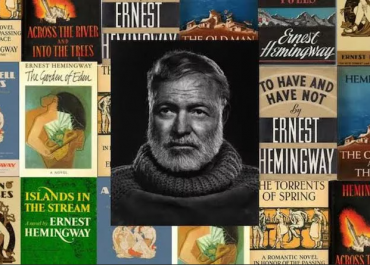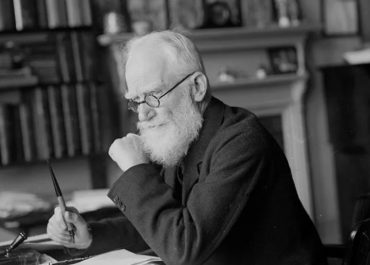
“Deutsches urheberrecht” and “Droit d’auteur”. How copyright appeared in different countries.
The history of copyright originates in the 18th century and is going through the different stages of development in different countries. The first law introducing the concept of copyright, the Statute of Anne, was passed in the UK in 1710.
The droit d’auteur (French copyright law) was developed in the 18th century at the same time as copyright developed in the United Kingdom. Based on the “right of the author” instead of on “copyright”.
German authors’ right or Deutsches urheberrecht appeared quite late in 1837 in Prussia and was enacted throughout Germany in 1871, when the country was united.
Spanish Derechos de autor law was first instituted by the Law of 10 January 1879, and, in its origins, was influenced by French copyright law and by the movement led by Victor Hugo for the international protection of literary and artistic works.
There is no such thing as an international copyright law. Nevertheless, nearly 180 countries have ratified a treaty – the Berne Convention, administered by the World Intellectual Property Organization – that sets a minimum set of standards for the protection of the rights of the creators of copyrighted works around the world. Authorship confirmation generated with UDIAR is valid in all countries that signed the Berne Convention.





